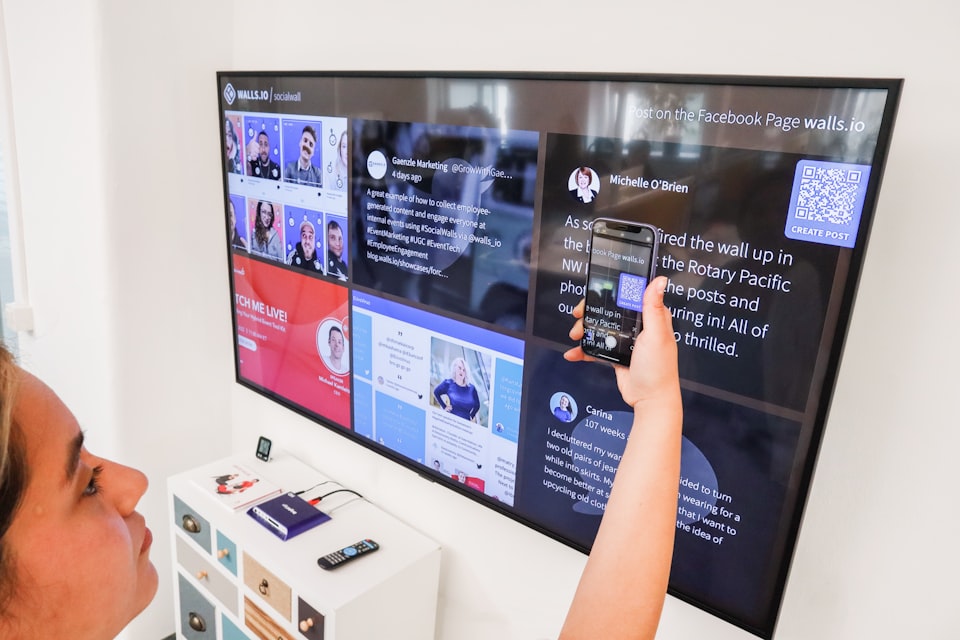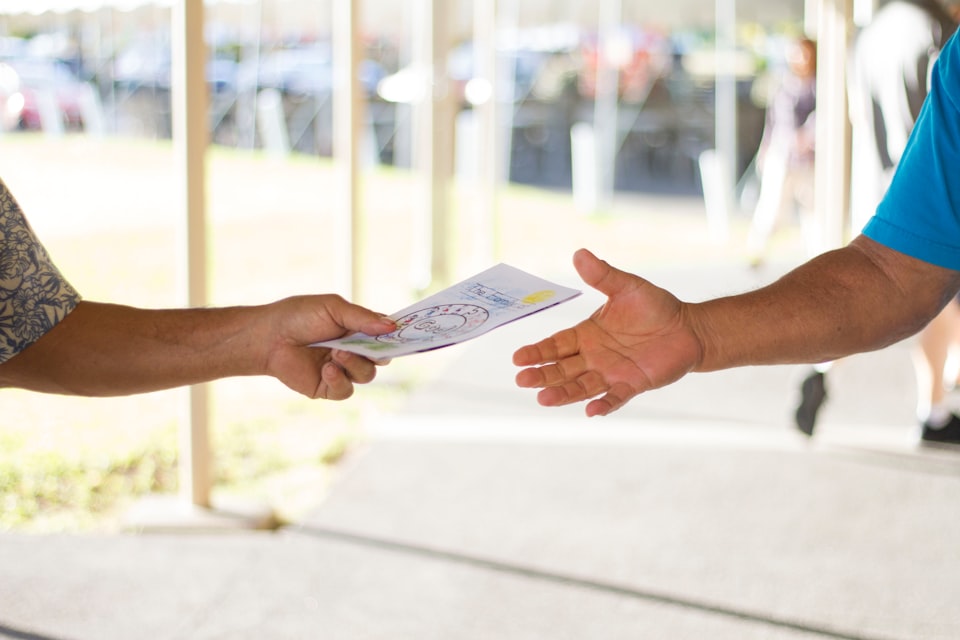What is Phygital?

"Phygital" is a term that refers to the blending of the physical and digital worlds in a seamless and integrated way. It is a portmanteau of "physical" and "digital".
The term is often used to describe the integration of digital technology into physical retail spaces, such as using virtual reality (VR) or augmented reality (AR) to enhance the in-store shopping experience. Phygital can also refer to the integration of physical and digital elements in other areas, such as marketing, events, education, and entertainment.
Phygital experiences aim to create a more engaging, personalized, and immersive experience for users by combining the benefits of both physical and digital worlds. For example, a phygital experience could allow customers to try on clothes in a virtual dressing room before making a purchase, or it could allow event attendees to interact with digital content through physical installations or props.
Phygital experiences offer several benefits, including:
Enhanced customer engagement: Phygital experiences combine the best of physical and digital worlds to create immersive and engaging experiences for customers. This can help to increase customer satisfaction, loyalty, and ultimately sales.
Improved personalization: By using digital technology to collect and analyze customer data, phygital experiences can provide personalized recommendations, tailored content, and customized experiences that meet the unique needs and preferences of individual customers.
Increased efficiency: Phygital experiences can help to streamline processes and reduce costs by automating routine tasks, such as product selection and checkout, and providing real-time inventory and sales data to retailers.
Access to real-time data: By integrating physical and digital elements, phygital experiences can provide retailers with real-time data on customer behavior, preferences, and purchase patterns. This information can be used to optimize marketing campaigns, improve product offerings, and enhance the overall customer experience.
Enhanced brand experience: Phygital experiences can help to create a memorable and positive brand experience that resonates with customers long after they have left the physical space. This can help to build brand loyalty and increase customer lifetime value.
Some potential drawbacks of phygital experiences include:
Technical difficulties: Phygital experiences rely on complex technology systems, such as sensors, cameras, and servers. If these systems fail or experience technical difficulties, it can disrupt the customer experience and damage the brand reputation.
Cost: Implementing phygital experiences can be expensive, particularly for smaller businesses with limited resources. This can be a barrier to entry and limit the availability of phygital experiences to a smaller number of companies.
Privacy and security concerns: The collection and use of customer data in phygital experiences can raise privacy and security concerns. Customers may be uncomfortable with the use of their personal information and may be reluctant to share it, leading to a lack of data and a less personalized experience.
Training and adoption: Phygital experiences require employees to be trained in the use of new technologies, which can be time-consuming and costly. Additionally, customers may be hesitant to adopt new technologies or may not have the necessary equipment or knowledge to use them effectively.
Overreliance on technology: Phygital experiences can create an overreliance on technology, which may limit human interaction and reduce the emotional connection between customers and brands. This can have a negative impact on customer loyalty and satisfaction.
In conclusion, phygital experiences offer many benefits, including enhanced customer engagement, improved personalization, increased efficiency, access to real-time data, and an enhanced brand experience.As with any technological innovation, it is important to carefully consider the potential benefits and drawbacks of phygital experiences and to implement them in a way that maximizes the benefits and minimizes the risks. Ultimately, the successful integration of physical and digital elements can lead to a more engaging, personalized, and immersive customer experience that drives brand loyalty, customer satisfaction, and business growth.




